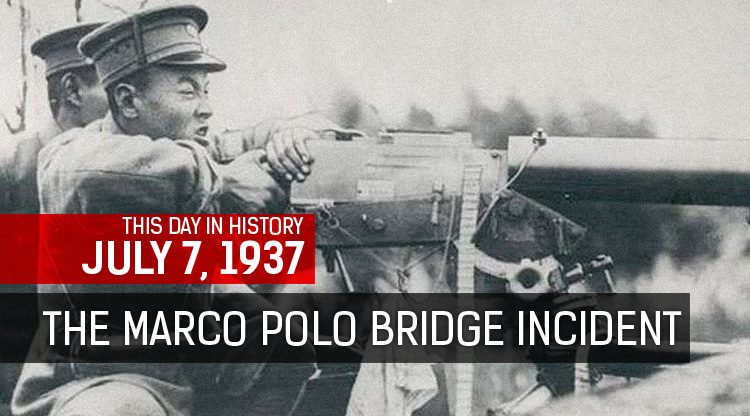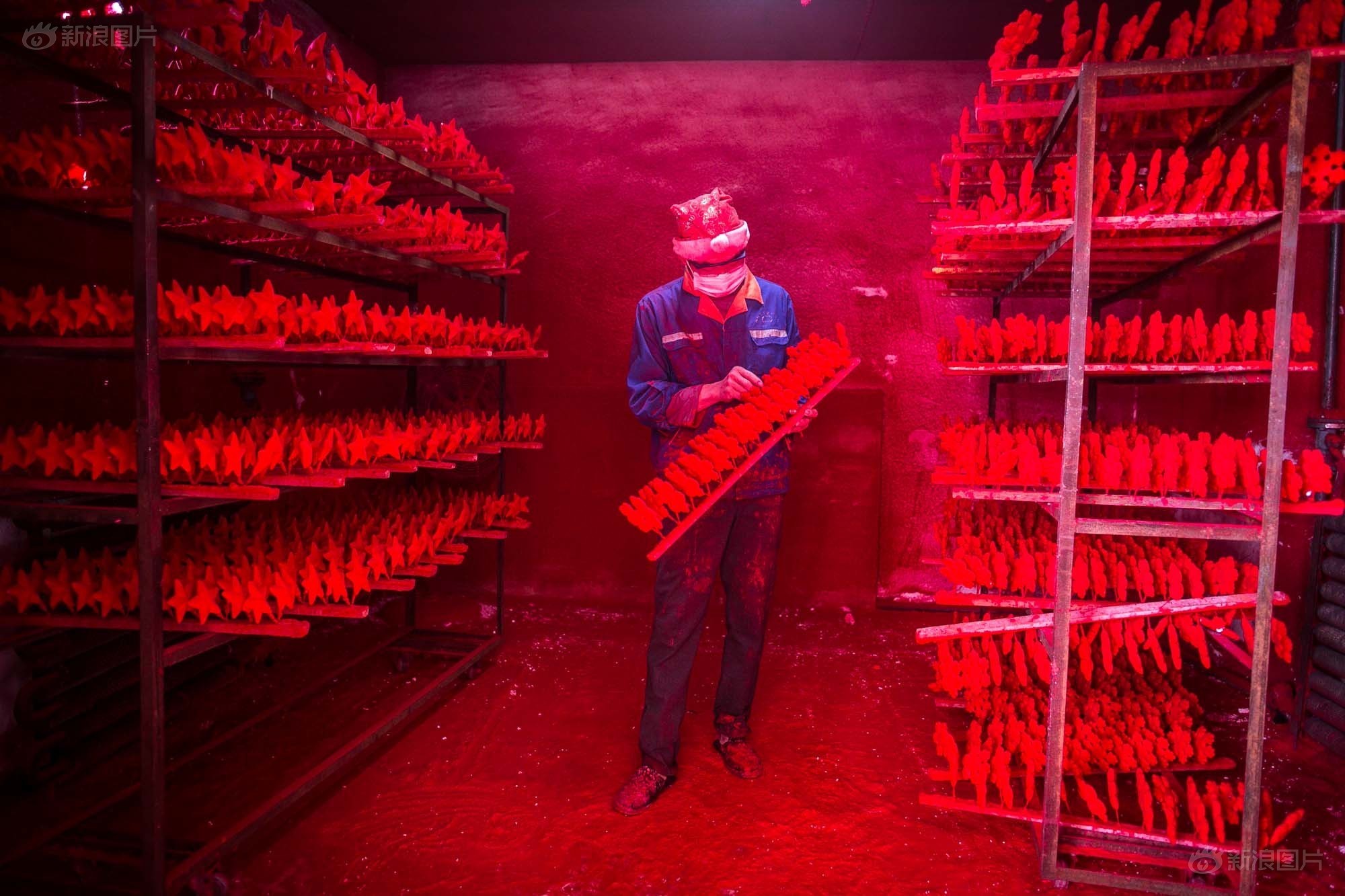By: Dr. Lee Chae Young
What is the difference between spider and varicose veins?
Varicose veins are large, raised, swollen blood vessels that twist and turn. They usually develop in the legs and can be seen through the skin.
Spider veins are smaller red, purple and blue vessels that also twist and turn. Spider veins are easily visible through the skin as well. They are typically visible on the legs and face.
What activities increase the risk of developing varicose veins?
A number of factors predispose a person. These include heredity, occupations that involve lots of standing (such as nurses, hair stylists, teachers and factory workers), obesity and hormonal influences. Hormonal influences can range from pregnancy, puberty and menopause to the use of birth control pills or postmenopausal hormonal replacement. Also, conditions that cause increased pressure in the abdomen, such as tumors, constipation and externally worn garments – like girdles – heighten the risk.
Do only elderly or pregnant people get varicose veins?
No, but varicose veins and spider veins develop more often in women than in men. Both kinds of veins increase in frequency with age. An estimated 30 to 60 percent of adults have varicose veins or spider veins.
How can varicose veins be treated?
There are seven major forms of treatment for varicose and spider veins:
• Support stockings – the most conservative approach is to wear properly fitting support hose, especially when the veins cause painful or uncomfortable symptoms. These stockings can generally be purchased at any surgical supply store and at some pharmacies. They come in below-the-knee, above-the-knee and pantyhose styles.
• Lifestyle changes – good skin hygiene, weight loss (if needed) and walking can help treat varicose and spider veins.
• Sclerotherapy – this procedure has been available since the 1930s. In it, doctors inject a highly concentrated saline solution or a specially made detergent directly into the vein, causing the vein to disappear gradually over three to six weeks. The procedure is simple, relatively inexpensive and can be performed in an outpatient setting.
• Surgery – surgical techniques to treat varicose veins include ligation (tying off of a vein) and stripping (removing a long segment of vein). Another procedure, ambulatory phlebectomy, allows for the removal of large surface veins through very small incisions that do not need stitches. Surgery may be performed using local, spinal, or general anesthesia. Most patients return home the same day as the procedure. Surgery is generally used to treat large varicose veins.
• Endovenous laser treatment – a procedure in which a small laser fiber is inserted into the vein. The laser delivers pulses of laser light inside the vein, causing the vein to collapse. The procedure is done at an outpatient facility under local anesthesia.
• Radiofrequency occlusion – a doctor inserts a small catheter into the vein. The catheter delivers radiofrequency energy to the vein wall, causing it to heat, collapse and seal shut. The procedure is generally done in an outpatient or office setting, sometimes under local anesthesia.
// Dr. Lee Chae Young works at Vista-SK International Medical Center, 4/F, Block 4C, Nanshan Software Industry Base, intersection of Xuefu Lu and Keyuan Lu, Nanshan District, Shenzhen 深圳南山区南山软件产业基地4C栋4楼 (0755-3689 9833)






















0 User Comments